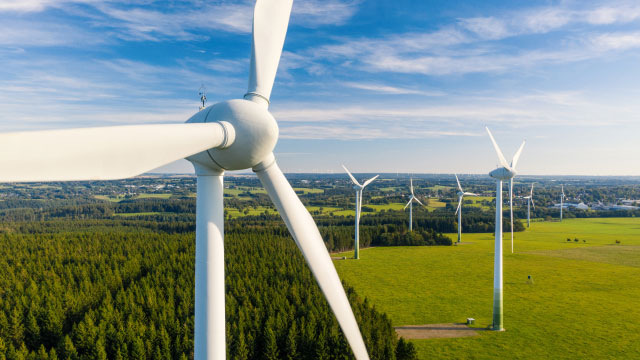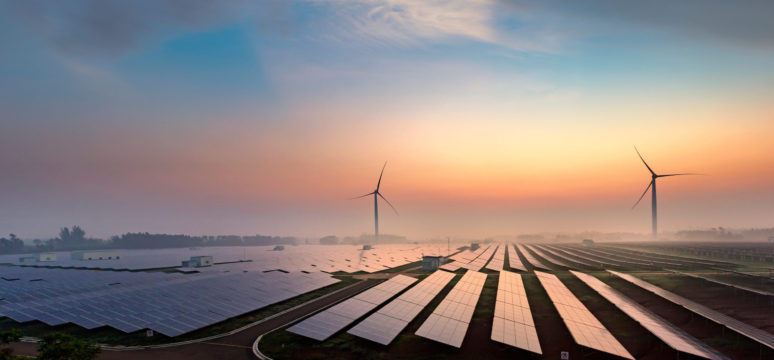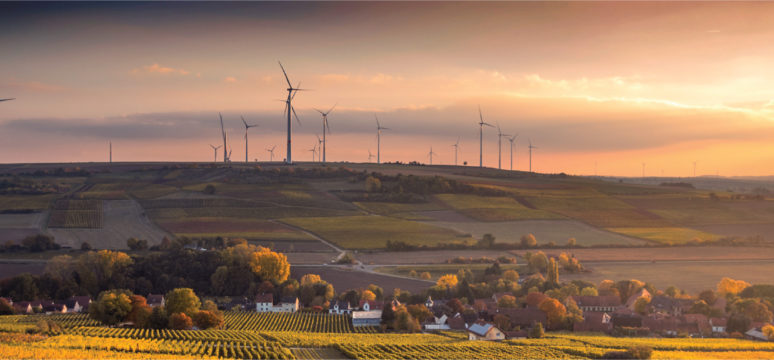- Insights
- 1 April 2022
- 4 min read
Blockchain Energy Efficiency
Enterprise blockchain scales with your business ambition today and in the future
Blockchain Energy Efficiency
Blockchain Energy Efficiency
Energy-efficient blockchain technology
Blockchain is a new technology with endless possibilities that include supporting a more environmentally friendly future when implemented correctly. Energy consumption of the BSV blockchain, the network on which we build, is fundamentally designed to deliver increasing energy performance as adoption increases. The expected gains in energy efficiency are driven by three pillars.
3 PILLARS OF ENERGY EFFICIENCY
Scaling
Increasing the number of transactions per second (transaction throughput) drops the network’s energy consumption per transaction because the energy needed to add a block to the chain is the same no matter the amount of data or number of transactions that are included in a block. This means that increasing throughput by a million equates to a millionfold drop in the energy cost per transaction. The BSV blockchain has a roadmap for continuously increasing the network’s block size limit. Scaling is fundamental to improving energy efficiency and increases the capacity of the network to support large-scale applications and ongoing expansion of enterprise usage.


Utility
Understanding the utility of a given blockchain is key to assessing its energy consumption. If a blockchain network is used for productive purposes, like providing integrity to the world’s data, we have a concrete benefit to explain the consumption of resources. nChain is committed to increasing the transaction volume on the BSV blockchain of high-utility applications that benefit society.
Design
The primary energy consumption in the BSV blockchain network takes place where the hashing units of the mining operations are located. While these hashing units need access to power, they only require very small amounts of internet connectivity. This inherent mobility means that mining can take advantage of energy that is otherwise wasted or be located where there is a surplus of cleaner energy. For example, in 2021 the Canadian miner TAAL Distributed Information Technologies Inc. announced a new facility in New Brunswick, Canada, where the energy supply is over 80% non-emitting and over 40% from renewable sources.

Environmental Impact
Environmental impact of PoW
nChain ran estimates using industry statistics to model CO2 per transaction [1] for major Proof of Work blockchains. At current estimates, the BSV blockchain produces 2381 times less CO2 per transaction than other Proof-of-Work blockchains, a difference expected to increase with scale.
- Average 2021 CO2 per transaction was equivalent to the CO2 from a punnet of strawberries.
- In March 2022, the CO2 per transaction dropped to the equivalent 270g, lower than that of a bag of carrots.
Insights
- Insights
- 23 March 2022
- 4 min read


